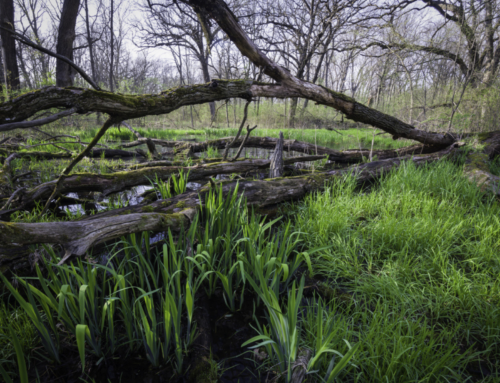Statement of
Andrea Donlon, River Steward
Connecticut River Conservancy
Joint Committee on Environment, Natural Resources, and Agriculture
October 30, 2017
SB 425/HB 2115 An act relative to drought management
Thank you, Chairman Pignatelli and Chairwoman Gobi and the rest of the Joint Committee on Environment, Natural Resources, and Agriculture for providing the opportunity to comment on An Act relative to drought management (S 425/H 2115). I am here today to speak in support of this legislation to save water for both public water supplies and rivers.
I work as the River Steward for the Connecticut River Conservancy, formerly called the Connecticut River Watershed Council. The CT River Conservancy is a nonprofit citizen group established in 1952 to advocate for the protection, restoration, and sustainable use of the Connecticut River and its four-state watershed. Our headquarters office is in Greenfield, MA. The Connecticut River watershed takes up approximately one-third of the land area of Massachusetts, and it includes the watershed areas for the Deerfield, Millers, Chicopee, Farmington, and Westfield basins and also tributaries within the mainstem Connecticut River basin. In terms of drought regions, most of the greater watershed lies in the CT River Region, but the watershed boundaries also cross over into the Western and Central Regions.
Rivers in my watershed are used for a wide range of purposes – two dammed tributaries are used as drinking water reservoirs for the two largest municipal systems in the state (MWRA and Springfield Water and Sewer Commission). There are medium size municipalities up and down the CT River that draw water from groundwater wells and surface water. The greater CT River watershed also has many rural communities where the majority of people get water from private drinking water sources, such as private wells or even springs. Some of the municipal systems have a permit, and some are registered under the Water Management Act. Those with permits tend to have stricter lawn watering restrictions during summers. Those with private water sources have no restrictions at all. Water resources in my watershed are also used for agricultural irrigation, and during last summer’s drought, farmers that normally don’t do any irrigation were borrowing or buying water pumps and using water from streams to keep their crops alive. In addition, many rural areas do not have fire hydrants, and volunteer fire departments rely on ponds and streams to pump water into trucks for firefighting activities.
During a drought, it would make sense to have a uniform and easily understandable message to restrict nonessential outdoor watering. All water is connected, and it should not really matter whether you live in a registered community, a permitted community, or have a private withdrawal. The water that is in the ground or in rivers should be made available for essential uses and for the critters living in lakes and streams.
We request that this committee report the drought management bill out favorably.
Thank you. I can be reached at adonlon@ctriver.org or (413) 772-2020 x.205.







